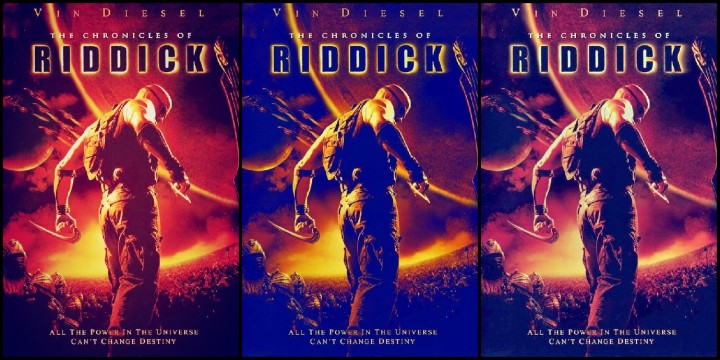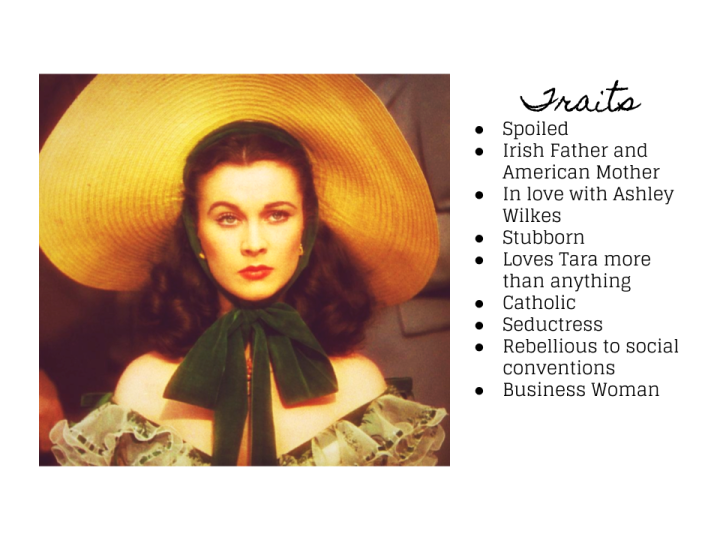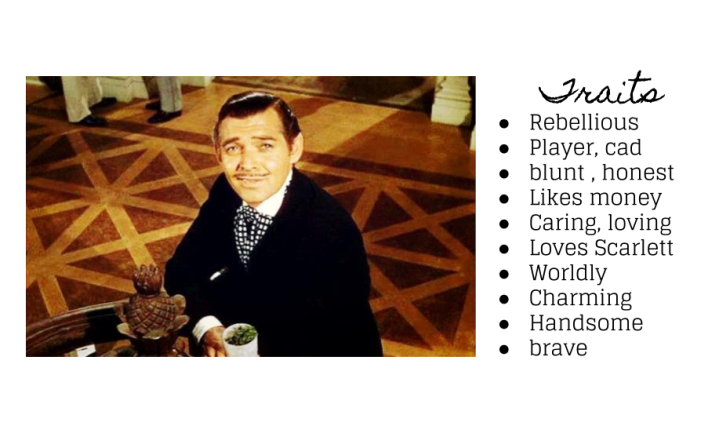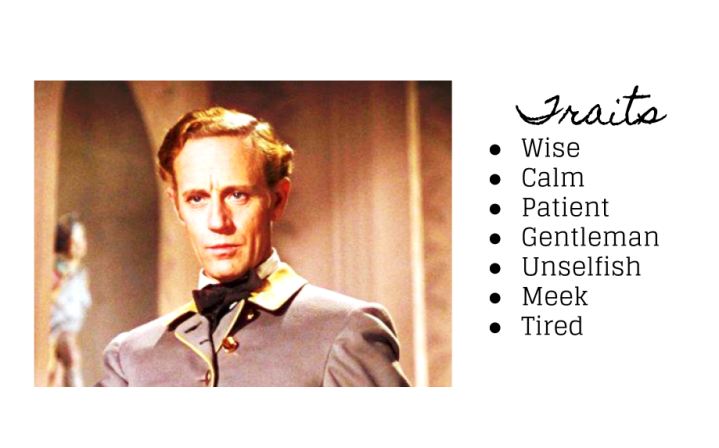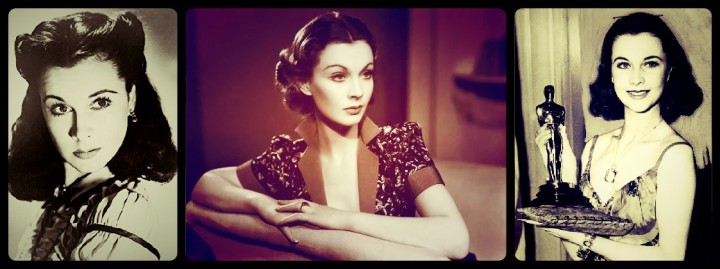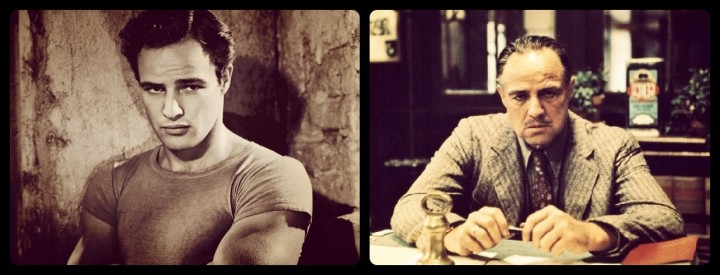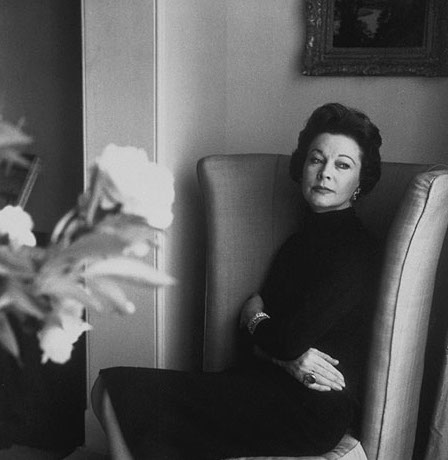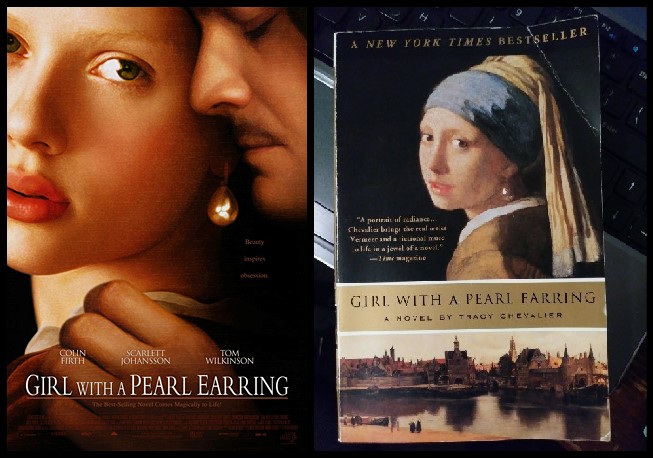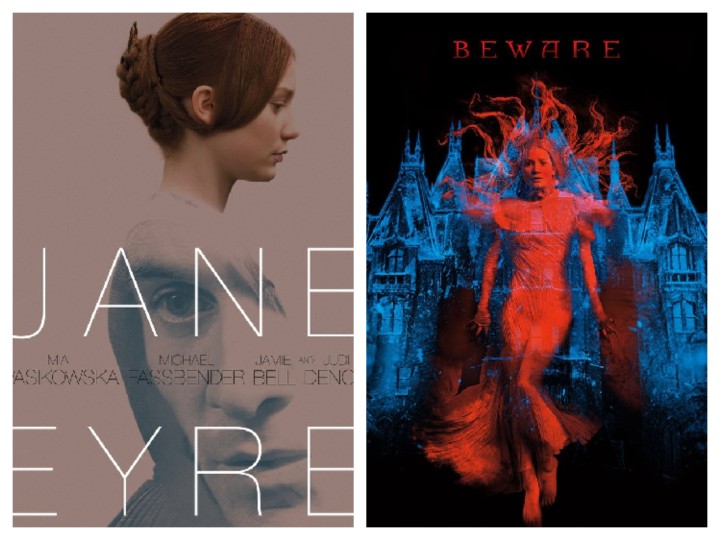
Origins
Norse mythology is very old. It has roots that stretch for several millennia and has undergone changes.
Above is a map of Scandanivia, where Norse mythology and the Thor come from. Scandinivia consists of Denmark, Norway, and Sweden. The myths stem from a common origin, often recorded on rune stones or, as was commonly done, passed down orally.
Because of the verbal communication of the myths, it is expected that many of the stories have undergone modification. Modification of stories, especially in conjunction with cultural change, is something that always seems to happen with time. It’s improbable to track down the original source of Norse myth because the primary source was orally spoken. Most likely these myths attempted to explain natural phenomena, ills, and weather patterns.
Further, some of the original material of Norse myth was carved into wood and stone. Both of these materials are highly susceptible to erosion and decay if kept in poor conditions. Hence, most of the source material was simply chipped away by time.

The Norse mythology that was recorded was recorded on manuscripts. The authors were Christian missionaries, who were present in Scandinavia as far back as the 10th century. Thus, books like the Prose Edda by Snorri Sturluson are written from a Christian perspective. This is probably why the Vikings have such an infamous reputation because they were described by English clergymen, who certainly were at bad terms with the Vikings due to events like the Sacking of Lindisfarne in 793 c.e.
Hence, the Viking Age is defined by those who wrote history, which was the English clergyman and Christian missionaries. The pagan religion remained strong and trickled down all the way to modern times, recycled into popular culture.
The Context and Setting
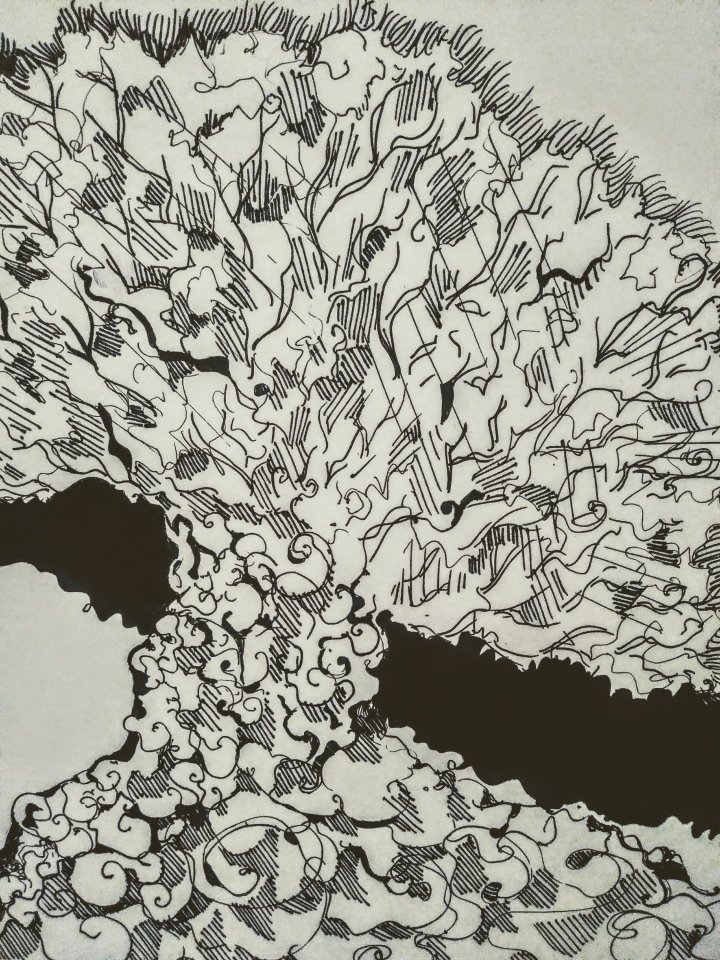
The universe is organized by the giant tree Yggdrasil, which contains the worlds where the various creatures of the Norse world live. In the middle of the tree, there is Midgard or Middle Earth (sound familiar, eh~?) where humans reside. On the top section of the tree, there is Asgard, where the Aesir (the gods) reside. Asgard is similar to Mount Olympia where powerful gods like Zeus live in Greek Mythology.
What’s interesting about the Aesir is that they are mortal, like human beings, and can die. In fact, it is foretold that a sort of end-of-days will take place called Ragnarok. Thor, for instance, will die during his battle with the Jormungandr serpent who will also be killed. Numerous other gods will die. However, there is a light at the end of the tunnel. A new order of gods will rise from the old.
The main foes of the Aesir are the Giants. The Giants are a metaphor for the natural world and the chaos that could happen. Giants were the cause of avalanches, earthquakes, and the like.
The Movies
The movies that are going to be discussed are Thor (2011), Thor: The Dark World (2013), and the most recent, Thor: Ragnarok (2017). All of which presents the modern version of the Thor mythos.
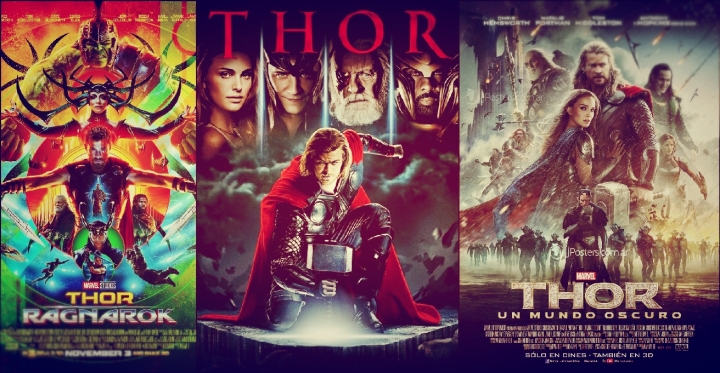
- From Left to Right: Thor: Ragnarok, Thor, Thor: The Dark World
The Thor movies are based on the comic books under Marvel. Those comics, in turn, are based on the Norse mythology. I’m only going to discuss what the movies (on the Thor, not the Avengers) have in common with Norse Mythology, and also some differences. Specifically, I’m going to focus on some characters!
The (main) Characters

Thor is the God of Lightning. He is similar to other sky-god deities in Indo-European myths. For instance, the Greek god Zeus has also had the power to control lightning. For one, the hammer is a symbol for the lightning bolt. Further, both Zeus and Thor are connected with the sky. You’ll also notice that goddesses tend to be connected with the earth (that’s a topic for another post). Also, side note, the hammer, and the thunderbolt are also phallic symbols.

Some similarities between them are that they both are very foolhardy. They both jump in and make decisions too quickly, which can lead to some negative consequences. For instance, in the movie Thor (2011), Thor makes a decision to take on the frost-giants head-on, which both Odin and Loki advise against. Yet, he jumps into the decision and suffers the consequence of having his hammer thrust from him. He has the venture down to the realm of Midgard (via the Bifrost bridge), and prove worthy enough to wield the hammer once more.
What’s admirable about Thor, and perhaps is the reason that makes him so likable, is his protectiveness of mankind. He is a friend with humans and yearns to protect them. Although foolish, he has a heart of gold and a positive demeanor. This is unlike the other gods, Loki for instance, who seem to disregard mortals and their lives.

Loki isn’t good and wholsome like his brother Thor is. Infact, he is very much the opposite. Consumed with his main goal of gaining power, he does what he can to fufill his fiendish plans at the expense of others.
In the myth, but not the movie, Loki has four children, all of which carry negative implications. His first child is the Midgard Serpent. This is a snake that grew so large, that it bites its own tale. In the end of days, known as Ragnarok, Thor is meant to engage in an epic battle with the serpent. His second child is Hel, the goddess of death. His third child is Fenrir, the wolf. And, his fifth child is Narfi.
The Midgard serpent is casted out into the sea, where he grows so large he bites his own tail. Thor is meant to battle the Midgard serpent, where they both die, during Ragnarok.
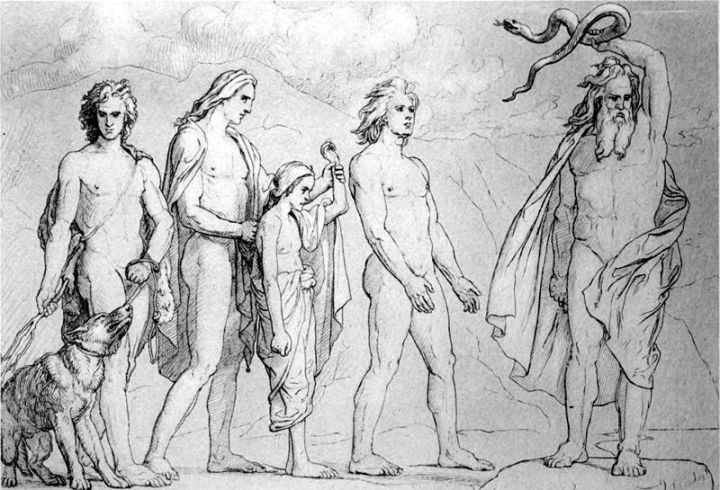
Loki doesn’t have children in the movies. He has a very complicated relationship with both his father and his brother. What’s neat is that during the course of the three films, he shows growth of character. However, Loki is a trickster god and by default will always be planning something.

Odin is the All-Father. He is the adoptive father to Loki, and the biological father to Thor. He is both the god of wisdom, and the god of war. In a way, he is a combination of both Loki and Thor.
In the myths, Odin is always in search of wisdom, wandering from one place to another. The loss of his eye represents the gaining of that wisdom. In Thor: Ragnarok, Thor loses his eye in the final battle of the movie. The loss of his eye signifies a change into a wiser person.
Conclusion
Marvel’s Thor borrows elements of the old Norse myth and adds a modern twist. Thus, Thor isn’t a direct retelling of Norse mythology. The world Marvel’s Thor has manifested to become their own unique mythology.
Sources
“Thor–A Very Human God.” Performance by Thomas Shippey, Welcome to Colorado State University Libraries | Kanopy, Kanopy, 2014.
Lindow, John. “Handbook of Norse Mythology.” Handbook of Norse Mythology. Santa Barbara, CA: ABC-CLIO, 2001. ABC-CLIO eBook Collection. Web. 7 Dec 2017.
